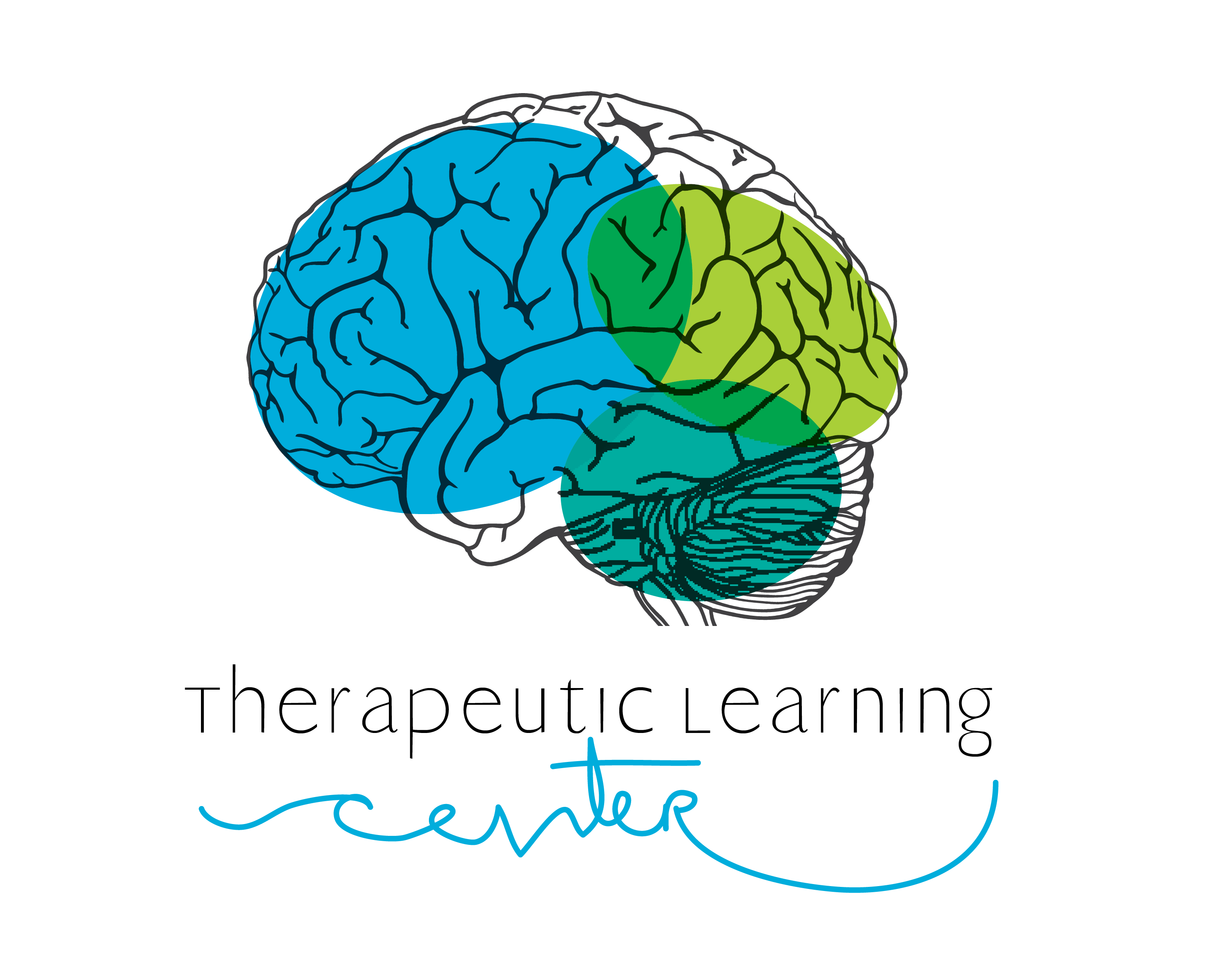Two reports from the Auditory Neuroscience Laboratory, Northwestern University show that Bluetooth-style listening devices in the classroom can treat dyslexia. Sounds suspicious I know, but if nothing else, trust the source enough to read on and you’ll be suitably impressed and hopefully inspired. Their research also uncovers a biological explanation which could lead to earlier diagnosis for this language disorder. The studies were published in Journal of Neuroscience and in Proceedings of the National Academy of Sciences (links provided below). These important findings further support an already large body of research pointing to a neural explanation for auditory processing in children with language learning problems, including dyslexia.


Dyslexia is the most prevalent learning disability among children. Contrary to widespread public teaching, it is not only an affliction of the visual system; merely causing the eyes to rearrange written words. Dyslexia stems from problems with auditory processing, a skill necessary to accurately interpret speech. Dyslexics typically have poor “phonological awareness”. This means they struggle assigning the right sounds to the right letters. For example, they might confuse the words “bean” and “dean” because they cannot clearly distinguish the “b” and “d” sounds. Moreover, many children with poor phonological awareness suffer distractions from background noise, making it even harder to pay attention and focus on what a teacher is saying.
In the J. Neuroscience report, the authors show that poor readers have less stable auditory nervous system function than do good readers. In the children with inconsistency in response to sound the data point to a biological mechanism and it may contribute to their reading impairment. The authors proposed that assistive listening devices (classroom FM systems) may enhance acoustic clarity and thus reduce the auditory processing variability so elegantly described in the J.Neuroscience paper.
In the PNAS classroom study, they assessed the impact of classroom FM system use for 1 year on auditory neurophysiology and reading skills in children with dyslexia. The results were clear and dramatic. Children with dyslexia who used classroom assistive listening devices (FM systems) had more consistent auditory brainstem responses to speech after 1 year. This improvement was linked to increases in reading and phonological awareness. These changes were not seen for children in the same classrooms who did not use the assistive listening devices. The thinking here is that the enhanced signal-to-noise ratio provided by the FM system improved auditory brainstem function by providing the nervous system with a clearer acoustic signal. This would be particularly true for children with dyslexia who are more adversely affected by background noise than their classmates. It is important to note that the FM systems were not used during testing. The brainstem function had undergone a lasting change by enhancing signal-to-noise ratio over the course of the school year. (Read more on Brain Plasticity)
Aside from the obvious practical implications of these findings for the home and classroom, they have provoked many questions and lines of inquiries for the research community. Stay tuned! Both articles are available as free full text for a closer look at the study set up and data.



